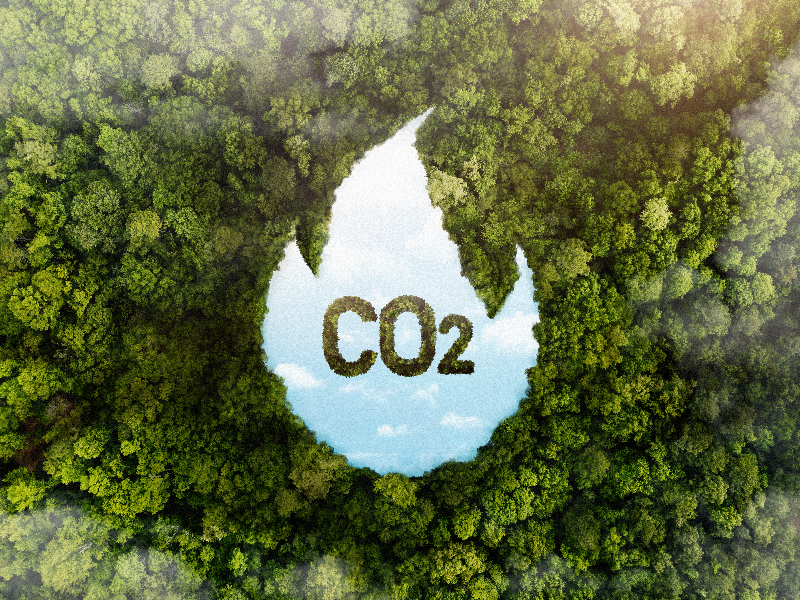Balance

BALANCE
In addition to reducing their emissions to become carbon neutral, businesses can also use carbon offset methods to offset remaining emissions.
Carbon offsetting is when businesses invest in emissions reduction projects elsewhere where it is insufficient to reduce their own emissions. These projects can take various forms, such as investing in renewable energy sources, reforestation, or using carbon capture and storage (CCS) technologies.
Carbon offsetting can help businesses achieve carbon neutrality goals. However, it is important to note that carbon offsets are only a temporary solution and businesses should focus on reducing their emissions first.
Being carbon neutral means businesses can play an important role in tackling climate change. Carbon neutral businesses reduce or offset carbon dioxide emissions into the atmosphere. This helps reduce the effects of climate change and create a more sustainable world for future generations.
Application
To become carbon neutral, businesses can:
- Determining emission reduction targets and developing strategies to achieve these targets
- Increasing energy efficiency
- Investing in renewable energy sources
- Sustainable the supply chain
- Investing in carbon offset projects
- Carbon offset projects
Carbon offsetting projects are when businesses invest in emissions reduction projects elsewhere where it is insufficient to reduce their own emissions. These projects can take various forms, such as investing in renewable energy sources, reforestation, or using carbon capture and storage (CCS) technologies.
Carbon offset projects can help businesses achieve carbon neutrality goals. However, it is important to note that carbon offsets are only a temporary solution and businesses should focus on reducing their emissions first.
Carbon offset project types
Carbon offset projects can be divided into various categories as follows:
- Renewable energy: Renewable energy projects help reduce dependence on fossil fuels and reduce greenhouse gas emissions. These projects may include a variety of technologies such as solar energy, wind energy, hydropower or bioenergy.
- Forestation:Forestation projects help increase the number of trees that absorb carbon dioxide from the atmosphere. These projects may include reforestation of forests or the establishment of new forests.
- Carbon capture and storage (CCS): CCS projects use technologies to capture and store carbon dioxide from the atmosphere. These projects may involve storing carbon dioxide underground or in the ocean.
Carbon offset project selection
When choosing a carbon offset project, it is important to consider the following factors:
- Reliability and effectiveness of the project
- Local and global environmental impacts of the project
- Social and economic impacts of the project
- Carbon offset costs
Costs for carbon offset projects may vary depending on the type, scope and location of the project. In general, projects involving a variety of technologies, such as renewable energy projects, reforestation projects and CCS projects, are more expensive than less impactful projects.
Carbon offset reporting
When businesses invest in carbon offset projects, they must follow ISO 14064-1 standards to report the impacts of these investments. These reports should include the emission reduction impact and social and economic impacts of the project.



 Start Now
Start Now